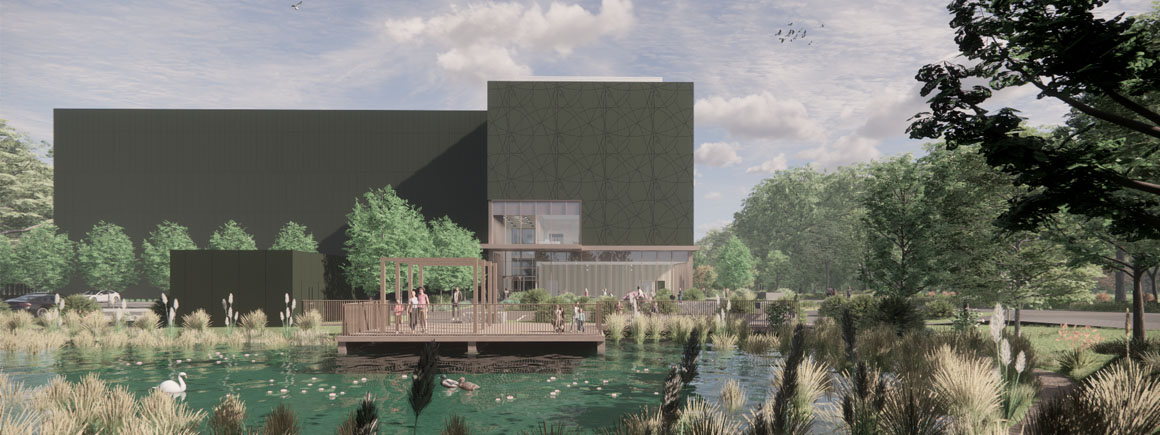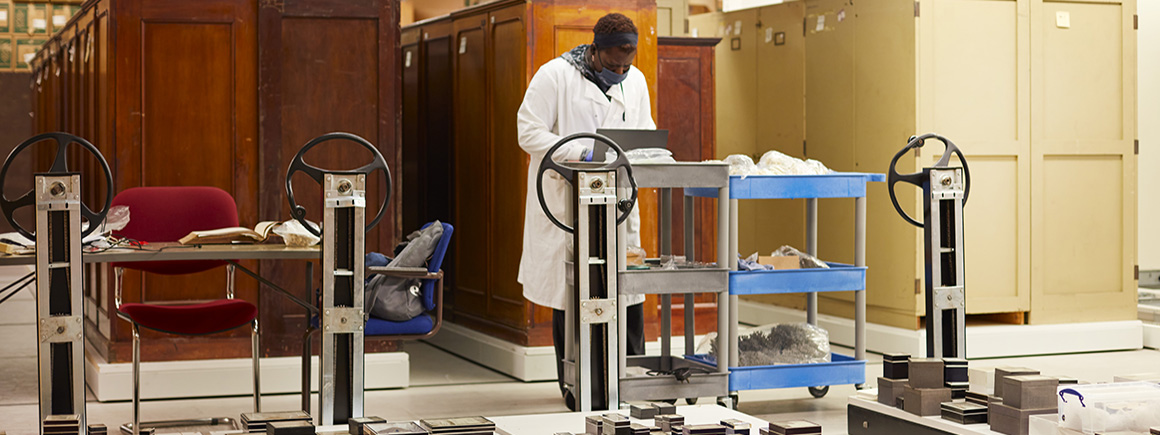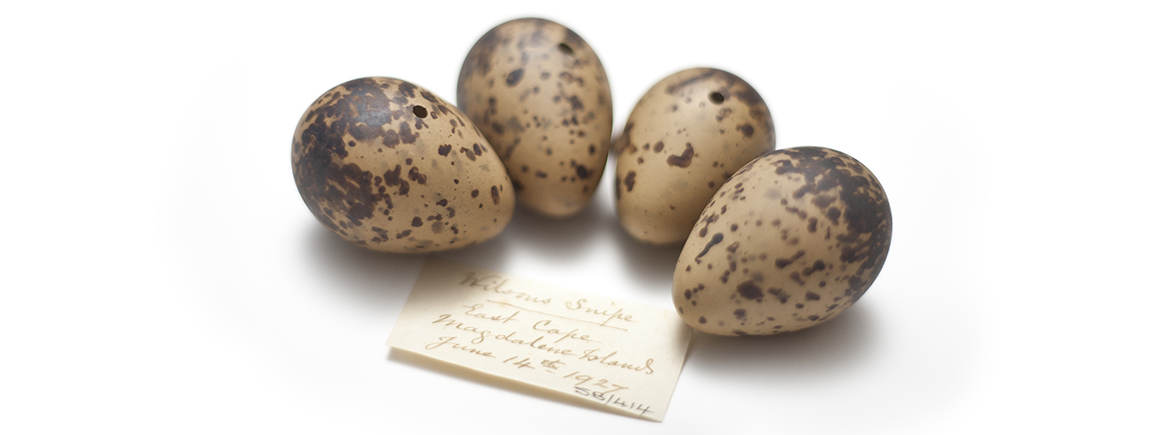Looking for a specimen?
The fossil bird collection is being digitised

Skeleton of the extinct Raphus cucullatus (dodo). Collected during the 1860s from the Mascarene Islands in the Indian Ocean.
The fossil bird collection includes Archaeopteryx, large flightless birds (ratites) and recently extinct species such as the dodo.
The Museum’s specimen of Archaeopteryx lithographica originates from the latest Jurassic Solnhofen Limestone in Bavaria, Germany. It was among more than 1,900 Solnhofen fossils bought from Dr Karl Haberlein in 1862 for £700.
Archaeopteryx shows a unique combination of dinosaur and bird characters. It is one of the few fossils that actually show evolution in action and the transition between 2 major groups of animals.
Ratite material in the Museum’s fossil bird collection:
Owen's statue at the Museum shows him holding the moa bone fragment, and one of the elephant bird eggs is on display in the Bird Gallery.
The collection also contains older fossil bird specimens from the Eocene, Miocene and Pleistocene.
The fossil bird collection is being digitised
If you would like to use any specimens for research
In addition to recently extinct species, like moas and elephant birds the Museum also cares for older fossil bird specimens from the Eocene, Miocene and Pleistocene.
The Lower Eocene exposures on the Isle of Sheppey have yielded material from several birds, including the so-called bony-toothed bird, Odontopteryx, and Prophaethon, a relative of the tropicbirds.
The fossil bird collection includes a wide range of taxa from Upper Eocene and Lower Miocene localities in France.
Phorusrhachids from Patagonia were donated as part of the Ameghino Collection in 1896.
Pleistocene material represents more than half of the fossil bird collection. Significant material includes:
Countries mentioned: Germany, New Zealand, Madagascar, Mauritius, Rodrigues Island, Mediterranean (especially Malta and Tabun in Palestine ), Gibraltar, England (West Runton in Norfolk).

Access to some collections will be affected as we prepare for the move to our new collections, science and digitisation centre.

Scientists and collections management specialists can visit the collections and borrow specimens for research.

Our duty is to provide a safe and secure environment for all of our collections.